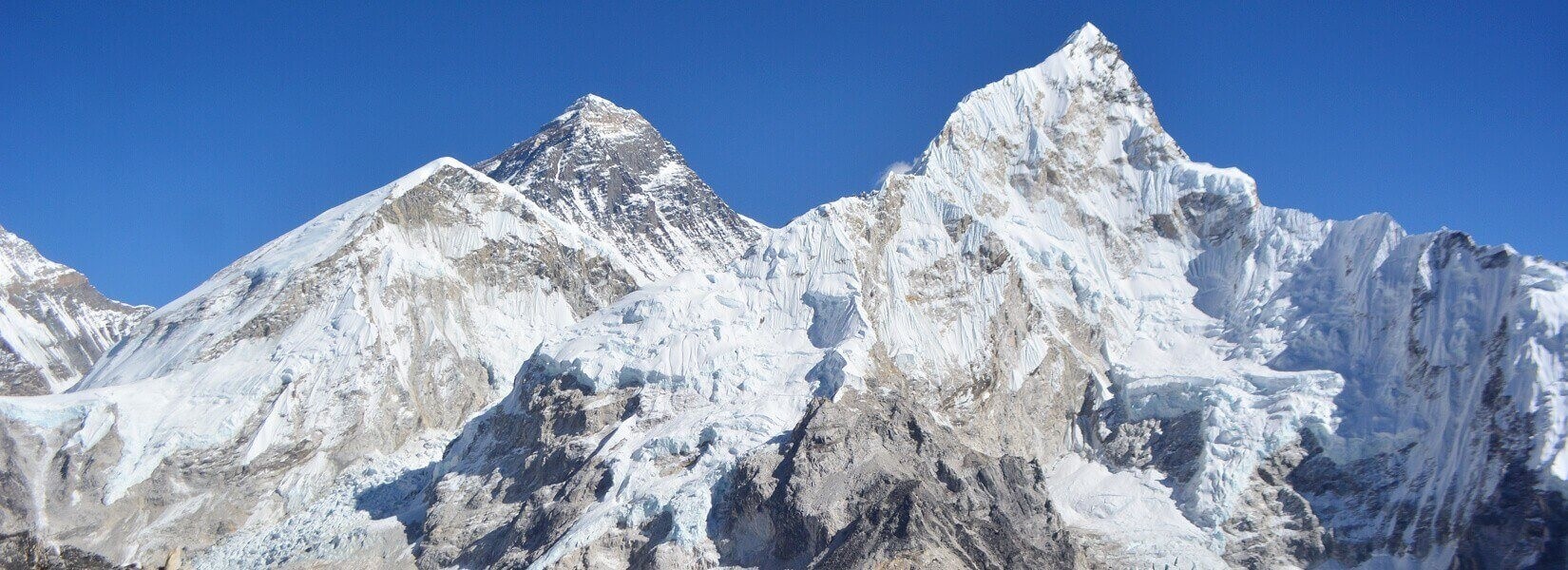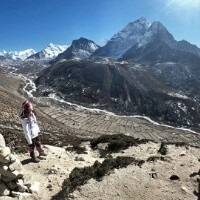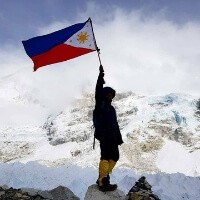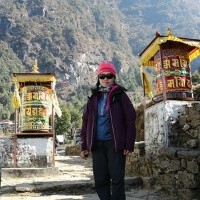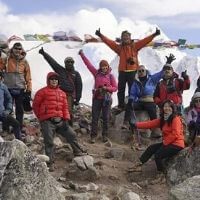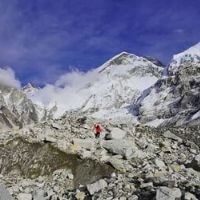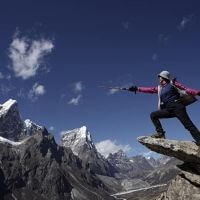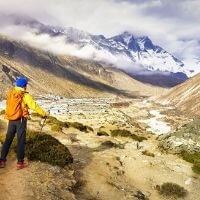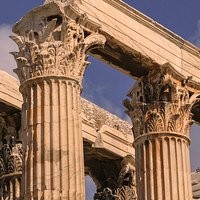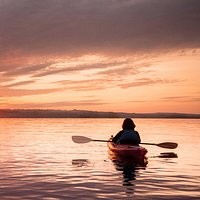The Everest Base Camp (EBC) trek is the most popular trek in Nepal, leading to the base of the world’s tallest and most iconic mountain, Mt. Everest (8,848 meters/29,029 feet). The trek goes through beautiful mountain valleys, high passes, famous Sherpa settlements, and exotic flora and fauna. During the trek, there are splendid views of Mt. Everest, Lhotse, Nupste, Makalu, Cho Oyu, Ama Dablam, and other peaks.
Everest Base Camp trek Another exciting aspect of the trek is experiencing Sherpa culture, including its traditional villages, shrines, and historic sites. Starting from Lukla, you enter into the Sagarmatha National Park and walk through beautiful valleys. The trek takes you through the fascinating towns of Namche Bazaar, Khumjung, Tengboche, and Pangboche, where the local people still follow traditional cultural and spiritual lifestyles. Several monasteries and Chhortens are the symbols of their beliefs and they are highly influenced by Tibetan Buddhism.
Everest Base camp trek You gradually gain elevation as the trail continues over glaciers and moraines, until you reach Gorakshep, following about a week of hiking. This is the launching point for both Everest Base Camp and Kalapatthar Mountain. Located at over 5000 meters, your walking will be paced by your physical fitness and acclimatization. Nepal Hiking Trek recommends that you include some extra days on your trip because flights out of Lukla airport can experience long delays and cancellations, even for cloud cover. For any queries, please feel free to contact us.
Where is the Everest Base Camp Trek Airport?
Everest Base Camp Trek Airport is as popular as Lukla Airport. It is also known as Tenjin Hillary Airport. The smaller planes of around 30-40 seaters are used to provide the service to the passengers. The pilot is very professional. The flight from Kathmandu to Lukla lasts for 35 minutes. Lukla Airport is considered to be the most adventurous airport in the world. It is located in Lukla Valley at the lap of the mountain. The runway is smooth and well-concretized. Sometimes, the flight from Lukla airport gets disturbed due to bad weather conditions. In this condition, the flights are either postponed or canceled.
How much does it cost to get to base camp Everest?
Everest Base Camp Trek Cost is probably the most frequent inquiry made by the trekkers who are making their trip to Everest Base Camp. Even there is a trend to make a good profit by quoting less cost. How is it possible? Through the evacuation scam. But we should not blame every company is doing this. If there is a large volume of trekkers in the group on the same date and following the same itinerary, the cost will, of course, be less. The common and accepted cost is between $900- $5000. While asking about the cost, we have to be aware of what the cost includes and what the cost doesn’t include. This largely affects the cost of the trip.
How Long Everest Base Camp Trek Duration?
Everest Base Camp Trek Duration varies from person to person according to their preference for the itinerary. There are several itineraries for Everest Base Camp Trekking. We have a core itinerary which lasts for 14 days. However, we can complete Everest Base Camp Trek even in 10 to 16 days. Different tour and trekking companies offer a great variety of itineraries with different duration. And you can choose any of them. If are in a rush and have the good stamina to trek in the mountain, you even can complete this trekking in 12 days. But, significantly, we can not escape acclimatization. We also recommend you have some spare days if you are making a trip to the Everest region because the Lukla flight may get delayed due to bad weather conditions.
How high is Everest Base Camp?
Everest Base Camp Trek Height is from 1400m to 5545m. Kathmandu which is the starting point of Everest Base Camp Trekking is at 536400m high and Kalapatthar is the highest point we arrive at which is at 5545m high. Some other major heights during the trek are Lukla at 2860m., Namche at 3440m, Lobuche at 4920m. and Everest Base Camp at 5364m. We stop for acclimatization at Namche. If we go faster to the higher elevation, there is the possibility of altitude sickness.
What do you need for Everest Base Camp?
Everest Base Camp Trek Clothing is one of the significant things to know before starting the trip to Everest Base Camp. The clothing depends on the weather conditions. But generally speaking, we have to pack a down jacket warm enough to resist – 10 degrees Celsius, a pair of jumpers, an inner thermal coat, warm gloves and socks, sunglasses, a cap, a pair of hiking or trekking boots, slippers, sun block cream. The daytime is normally sunny and warm. We sweat while trekking on the mountain. But the evening, night, and morning become colder. So, if you have a personal sleeping bag, it is recommended to bring it with you. Sometimes, even the day gets cloudy. For more details go to check The Nepal Hiking Trek equipment list.
Everest Base Camp Trek Accommodation varies according to the trip you book. Everest region is the most populated trekking in Nepal. Generally, trekkers get normal accommodation. In this accommodation, the toilets will not be attached. It will be outside and it is common for all who share the same flat. Here, normal accommodation doesn’t mean that the rooms and beds will be nasty. The rooms, beds, and toilets will be very neat and clean. But if someone prefers luxury accommodation, it is also possible. For this, we have to pay extra and book earlier. There are dormitories too. But we don’t recommend to use it.
Everest Base Camp Trek Elevation Profile is a must thing to know before making the trip to Everest Base Camp. We first step in Kathmandu which is located at the elevation of 1400m. Then, we take a short flight of 35 minutes to Lukla. And now we arrive at the elevation of 2860m. Gradually, we reach Namche. Namche is located at an elevation of 3440m. Again, the more we ascend, the more get to the higher elevation. We are at an elevation of 4920m. Then, we move to Gorekh Shep which is at 5140m. We climb Kalapatthar which is at an elevation of 5545m and our most awaited destination is the elevation of 5310m Everest Base Camp. Normally, we don’t get altitude sickness below 4000m. We have to be aware of clothes and foods at higher elevations. We also have a solo trek package to Everest Base Camp to view the itinerary Click Here.

